 Abraham Lincoln
If given the truth, the people can be depended upon to meet any national crisis...
Abraham Lincoln
If given the truth, the people can be depended upon to meet any national crisis...
 Guildford news...
for Guildford people, brought to you by Guildford reporters - Guildford's own news service
Guildford news...
for Guildford people, brought to you by Guildford reporters - Guildford's own news service
Birdwatcher’s Diary No.57
Published on: 16 Mar, 2014
Updated on: 16 Mar, 2014
By Malcolm Fincham
A ridge of high pressure pushing up from the south has finally blocked the continuous flow of rain-filled Atlantic winds that have battered our shores over the winter months.
With the addition of some warmer air and even the bonus of some sunshine is a taste of spring? It’s certainly a contrast to this time last year when we were all wondering if winter was ever going to end.
By the first week of March water levels in our flooded fields alongside the River Wey had decreased considerably. And five little egret could once again be viewed feeding on Shalford Meadows. Occasionally they could be seen flying to other parts of the meadow, easily spotted as their white wings and bodies glistened in the sunlight.
The little egret is a magnificent looking bird in my opinion, and one that is certainly on the increase locally. Just a few days previously I spotted two feeding among some horses near the water meadows in Chilworth. By Saturday, March 8, there were at least 11 on view at Shalford Meadows – a record count for me in a single location in Surrey.
Daytime temperatures rising into their teens has brought great optimism to my thoughts of spotting my first arrival of a summer migrant bird locally. Indeed, on some southern coastal resorts of the UK there have been sightings of a few wheatears now starting to make their way back from their winter homes in Africa.
March 13 was my first sighting of frog spawn in a local pond, while the continuation of warm sunny days also gave me the opportunity to photograph three different types of butterfly including brimstone, peacock and comma. I narrowly missed out on a red admiral, which managed to elude me by flying off just as I was focusing my camera.
Our resident birds have also started to pair up, with many now seen collecting nesting material.
On a few occasions I have witnessed a pair of mandarin ducks looking for a nesting site.
These non-indigenous wildfowl, as with a few other species duck such as goldeneye, are renown for nesting in trees, and therefore can often be viewed in unusual places at this time of the year.
Large flocks of redwing, as well as a few fieldfares, could still be viewed mainly in more rural locations around Guildford by the middle of March; not having taken advantage of the southerly breezes that might at any time prompt them to make their homeward trip back to their summer breeding grounds in Scandinavia.
Most of our wintering species of duck could also still be seen on fields still in flood. These included shoveler, wigeon and gadwall, all of which I managed to get some distant photographs of from the towpath beyond Bowers lock, viewing out towards Sutton Place.
Walking back along the boardwalk by Stoke Lake as the sun fell low in the sky, I smiled to myself with the confidence on seeing a reed bunting had once again taken up residence in its usual springtime spot.
And as the sun set romantically over the sewage works, I made my way home.
Recent Articles
- Insights: The Band on the Titanic Strikes Up ‘Devolution!’ – Part 2
- GBC to Receive No Additional Money from Announced Settlement
- Woking Looking for Someone to Take On Victorian Hall
- Letter: A Surge of Discontent Calls for Accountability and Change
- Insights: The Band on the Titanic Strikes Up ‘Devolution!’ – Part 1
- Letter: Benefits of New Ash Bridge Are Dubious
- Letter: Unitary Authorities Will Allow More Coherent Planning
- Emergency Work on Embankment to Reopen Guildford to Effingham Line
- Letter: Twas the Night Before Christmas…
- Burglar Jailed Thanks To Quick Action of Ash Resident


Search in Site
Media Gallery
Dragon Interview: Local Artist Leaves Her Mark At One of England’s Most Historic Buildings
January 21, 2023 / No Comment / Read MoreDragon Interview: Lib Dem Planning Chair: ‘Current Policy Doesn’t Work for Local People’
January 19, 2023 / No Comment / Read MoreA3 Tunnel in Guildford ‘Necessary’ for New Homes, Says Guildford’s MP
January 10, 2023 / No Comment / Read More‘Madness’ for London Road Scheme to Go Ahead Against ‘Huge Opposition’, Says SCC Leader
January 6, 2023 / No Comment / Read MoreCouncillor’s Son Starts Campaign for More Consultation on North Street Plan
December 30, 2022 / No Comment / Read MoreCounty Council Climbs Down Over London Road Works – Further ‘Engagement’ Period Announced
December 14, 2022 / No Comment / Read MoreDragon Interview: GBC Reaction to the Government’s Expected Decision to Relax Housing Targets
December 7, 2022 / No Comment / Read MoreHow Can Our Town Centre Businesses Recover? Watch the Shop Front Debate
May 18, 2020 / No Comment / Read More



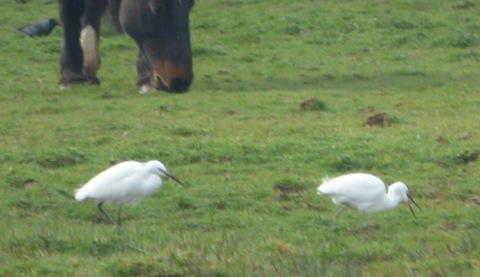
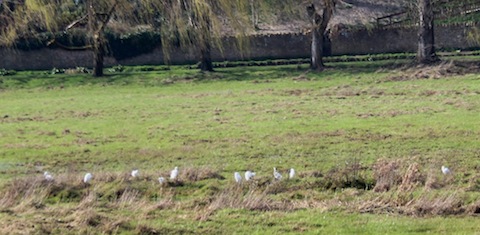
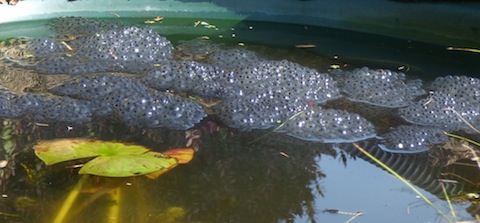
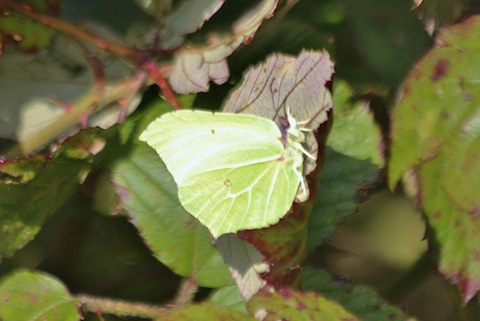
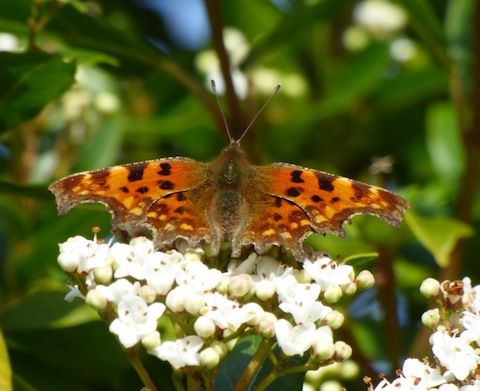
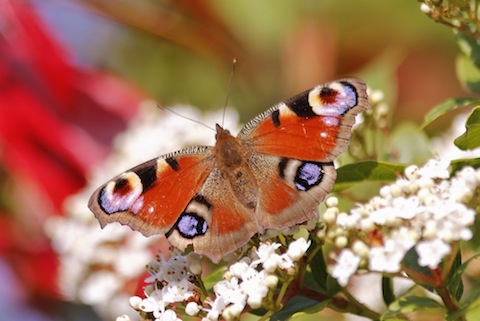
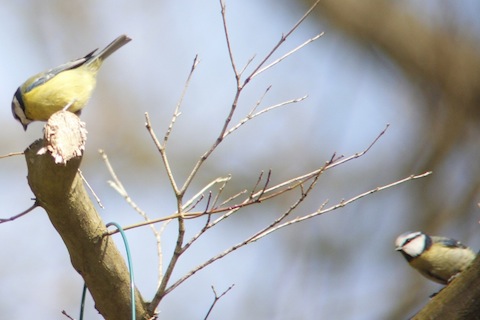
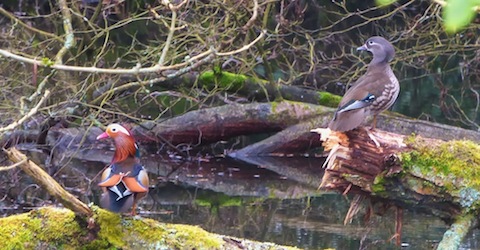
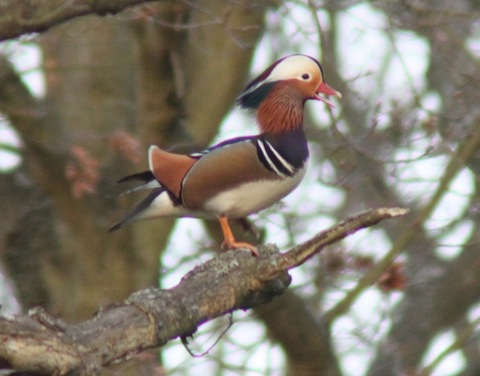
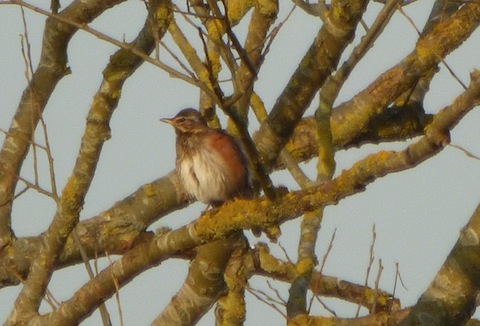
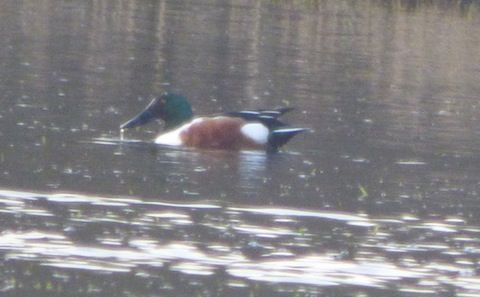


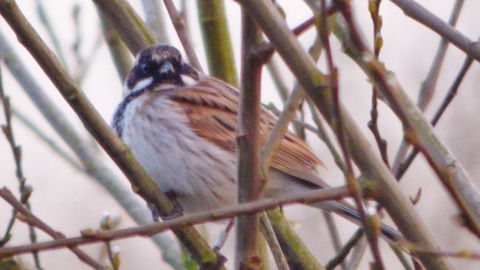
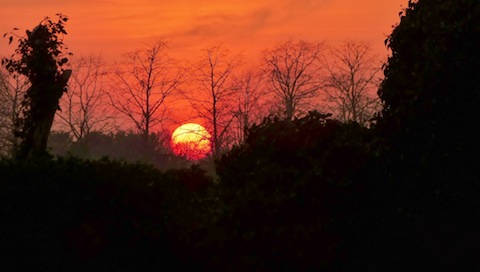








Recent Comments